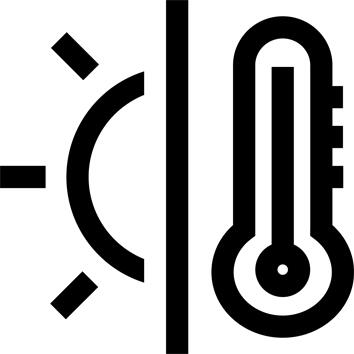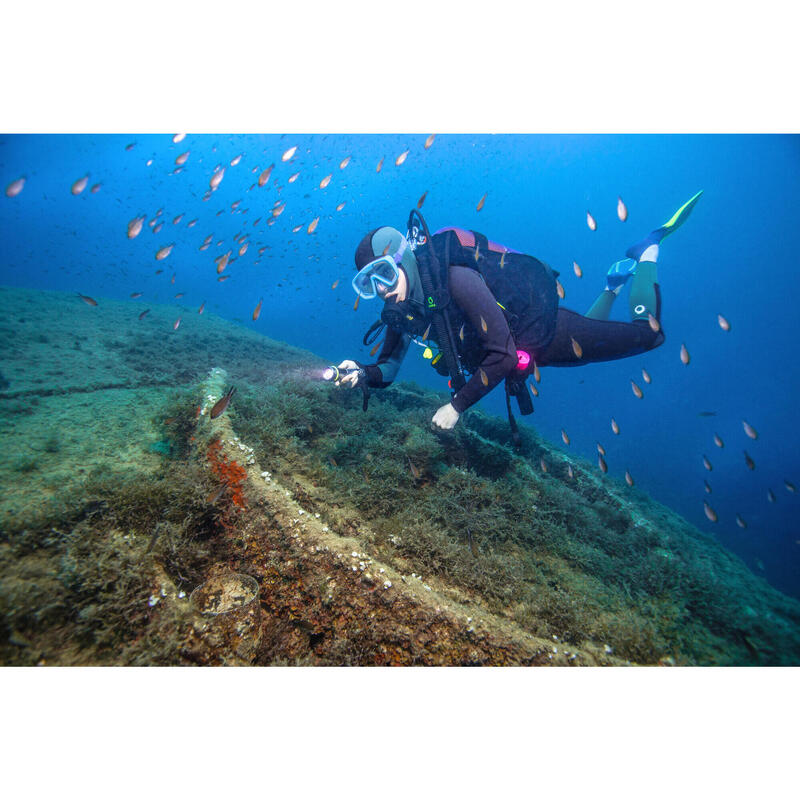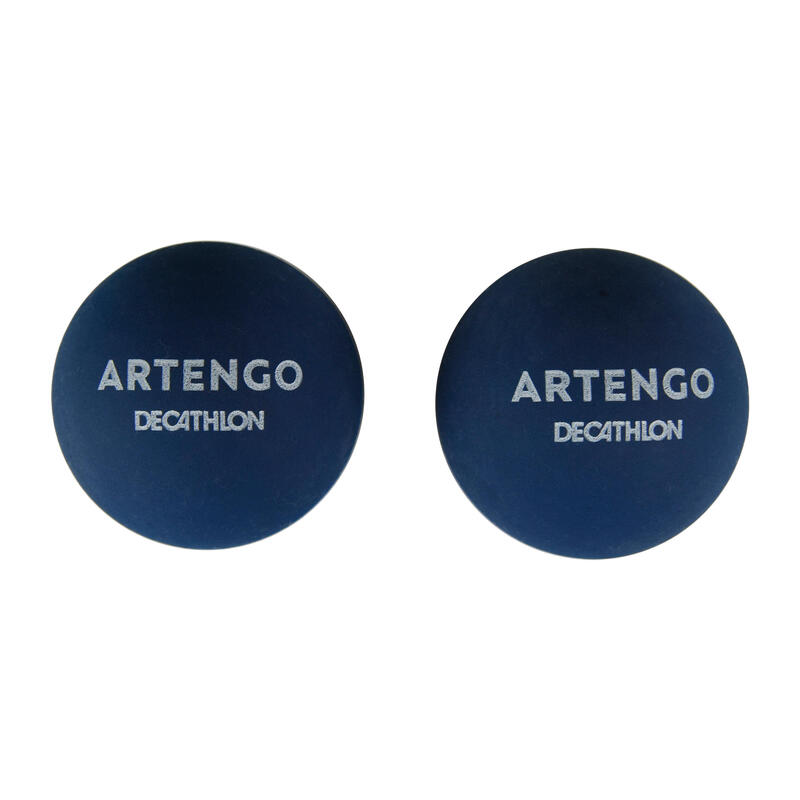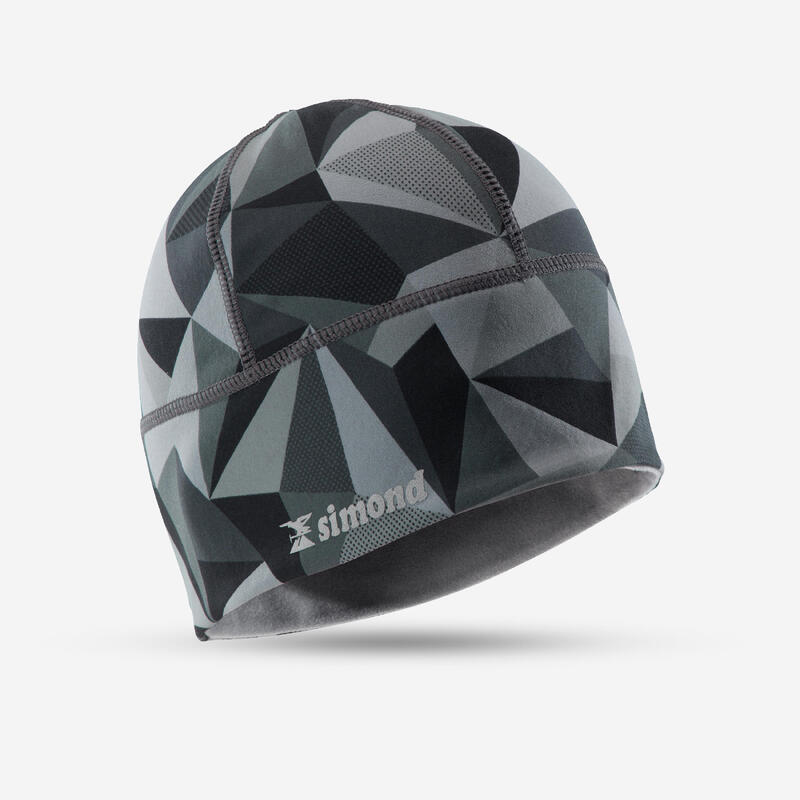Details of thermal insulation and wear reinforcement
One-piece integral wet suit made of 5mm neoprene foam panels (with production tolerances), covered on both sides with nylon fabric.
Watertight seams thanks to GBS (GBS Glued & Blind Stitched) glued/sewn assembly. Ventral closure.
The suit is fitted with knee reinforcements to limit wear.
Glued and sewn joints - GBS
The seams of the wetsuit and balaclava are watertight, assembled using GBS (Glued and Blind Stitched): the neoprene is first glued, then stitched for added strength (the needle doesn't go all the way through the neoprene to prevent water infiltration).
Adapted to women's morphology!
Neoprene wetsuits need to be worn close to the body to be effective, which is why SUBEA has developed specific sizes for the female body. These products are designed, prototyped and tested by women, for women!
Thermal performance class
This scuba diving suit offers you thermal protection tested by the independent institute PRS Certification (Gdansk-Poland) to validate its compliance with the current standard (NF EN 14225-1:2017).
This wetsuit is CLASS C approved:
A (+7°C/+12°C / +45°F/+54°F)
B (+10°C/+18°C / +50°F/+64°F)
C (+16°C/+24°C / +61°F/+75°F)
D (+22°C/+30°C / +72°F/+86°F).
Modulate your thickness, modulate your heat!
When diving, the cold is our worst enemy!
You need thermal protection to match the water temperature. To avoid having a wetsuit for every condition, the concept has been developed around 5 products that can be combined with your wetsuit depending on the temperature.
You can thus complete your thermal insulation with a balaclava, a neoprene top (mouse), a top with balaclava, an undershorty 1 mm or an overshorty 5.5 mm.
What is a wet suit?
This type of wetsuit is the most common on the market. Its purpose is not to act as a barrier to the water, but rather to trap it and allow your body to warm it up, creating a thermal buffer between you and the outside world.
Made from neoprene - a rubber polymer filled with air bubbles - these suits come in thicknesses from 0.5 to 7 mm .
As such, they make excellent wetsuits because they are flexible and modular.
Tips for putting on your wetsuit
Slip your foot into a plastic bag, then tuck your leg into your suit. Your foot will come out in its entirety and without snagging!
To adjust it, ask a third party to blow into your sleeve from the wrist. The air intake inflates the inside of the neoprene suit and instantly lifts it off your skin. You can then easily make final adjustments.
Tips for maintaining your wetsuit
1) Soak wetsuit inside and out in clear water after each session.
2) Use a bactericidal solution to sanitize.
3) Rinse well in clear water.
4) Dry on a wide hanger in a shaded, well-ventilated area.
Caution: the sun discolors the textile parts of the suit and accelerates the aging of the neoprene.
Zippers can be cleaned with a toothbrush and lubricated with silicone grease.
Weight
XS : 1.5 kg
S : 1.5 kg
M : 1.6 kg
L : 1.6 kg
XL : 1.7 kg











